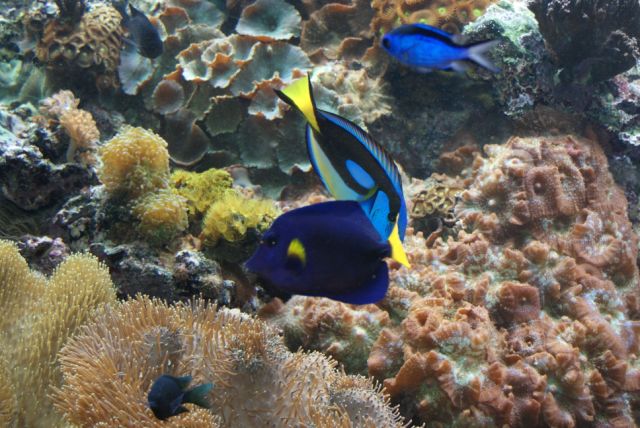Rebel and Virgin Islands

Today we are sailing to a territory of the United States of America – St Thomas in the US Virgin Islands - ‘America’s Caribbean’ as it says on the car number plates. This morning we were in a country that did not have electricity until 1970 and did not have a telephone until 1978. I’ve always thought of our boat as a magic carpet, able to whisk you off to places of your dreams, but there are times when it seems like a time machine as well. Yesterday we got talking to a 77 year old local who had taken up arms to defend his right for his country to be attached to the British crown. He was an Anguillan rebel, flying the British flag as 250 British paratroopers stormed the island to restore peace. This all came about when Britain, in 1967, lumped Anguilla with St Kitts and Nevis and made them an autonomous state. St Kitts, as the administrative island, controlled the British funding and Anguilla had only one of the nine votes in how the islands were governed. There was intense hostility between the two islands and the St Kitts’ Chief Minister (Colonel Bradshaw) threatened ‘that Anguillans will have to eat one another’s bones and he will turn Anguilla into a desert’. It seems no funding or support was reaching this stricken island: an instance of this is when Canadian funding was sent specifically to build a much-needed cargo pier. The money was spitefully used to build a pier named ‘Anguilla Pier’, in St Kitts. Enough was enough! Armed rebels (including the man I was talking to) opened fire on the police station (manned from St Kitts), and forced those in authority to leave. Britain was under the mistaken impression that the country was being overtaken by the mafia. 250 paratroopers waded ashore to be met by goats and curious small boys. After the embarrassment died down the Anguillans got what they wanted and were again administered by the British. Their flag is a British blue ensign with an emblem representing peace and tranquillity and three dolphins symbolising the endurance, unity and strength of the Anguillan people. The Caribbean is proving to be continuously full of surprises. We had a gentle time in Anguilla exploring the 14 mile long island by bike and enjoying a couple of the many white sandy beaches that stretch along so much of its coastline. In Anguilla, salt is an important export and the currency is the Eastern Caribbean dollar, which has the Queen’s head on it. Saint Martin is split lengthways between the French side - with things priced in euros; and the Dutch side (Sint Maarten) which has the Dutch Gilder of all things. A lagoon is in the middle of the island, which is the smallest area in the world divided into two countries’ dependencies. It seems to get a lot of revenue from very large motorboats and superyachts, but to my mind it seems that as a tax-free shopping zone it has lost some of its glory. In Antigua, with three centuries of English presence making the island a very British place, the US dollar is as readily accepted as the East Caribbean dollar. Yet you need euros in Guadeloupe, Les Saintes and Martinique! When I last wrote, we had enjoyed a week in the Windward Islands with friends Caroline and Bill. Since then Didi and Glynn have joined us in the Leeward Islands, sailing from Antigua, via Barbuda to St Martin. Today, as we have been covering the 100 + mile passage to St Thomas, I have been thinking a lot of two other dear friends that we sailed in company with last year - us on our Discovery catamaran and they on their Discovery 55 –Sula. David and Heather would have loved today’s sail – setting off in the middle of a star-lit night, the moon making its appearance for the few hours before dawn, and the thrill of romping along at 9/10 knots in a stiff breeze and bright sunshine, with all the expectation of exploring somewhere new. They have had so many great adventures on their yacht, but tragically were both recently killed in a cycling accident in Australia. They were a great inspiration to me, not only living for the moment, but for their remarkable ability to know where and how they could do good, to make a difference to someone else’s day and to spread the joy that they sought in everything they did. This was how they signed off in a sailing article they wrote: ‘As the ancient Roman poet Horace aptly said, ‘Seize the day, put no trust in the morrow, Happy the man, and happy he alone, He, who can call today his own, He, who secure within can say, Tomorrow do thy worst, for I have lived today.’ |











